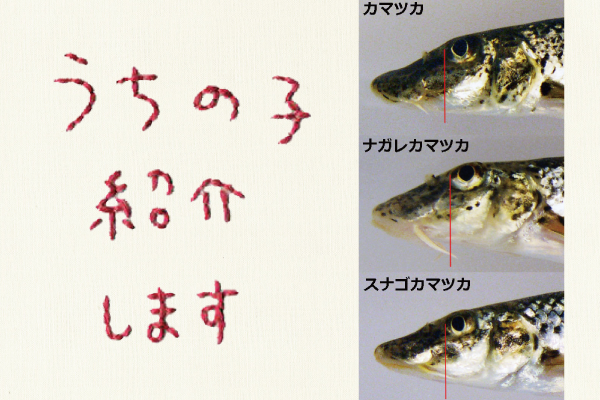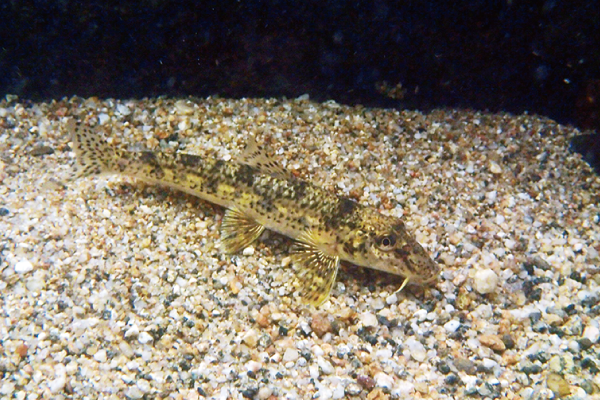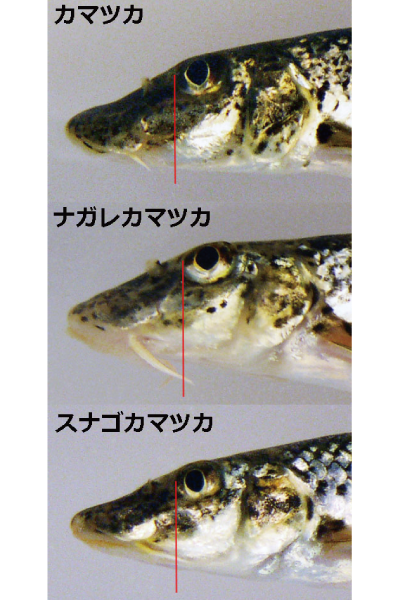- someone
- Information for Middle and High School Researchers
Introducing Our Children (51): The Freshwater Fish Kamatsuka, a Genus that Has Evolved Uniquely in the Region
2020.03.01
Here we introduce the living creatures that are the subjects of our research. We will write about the interesting and fascinating aspects of these creatures, which we know because we deal with them every day.


Diving in the sand at the bottom of the river (arsenic (As)A little timid(disease) settlingThe kamatsuka is a freshwater fish belonging to the subfamily of the family Carabinae, the family of the carp family, the subfamily of the family Cricetinae. The genus is relatively familiar to anglers, and is widely found in Honshu, Shikoku, and Kyushu, south of Iwate and Yamagata prefectures. Until now, only one species of kamatsuka was thought to inhabit Japan, but in April 2019, it was reported that two new species, Nagarekamatsuka and Sunagokamatsuka, were actually hidden within this genus.
Freshwater fish cannot live in saltwater, so they cannot migrate out to the sea and into other rivers. This means that they are less likely to interact with their distant relatives, and it is well known that "regional variation" is likely to occur, in which the appearance and genetic characteristics of the species differ over a long period of time. When did the genus Kamatsucha arrive in Japan and how did it divide into three species? By examining the genetic differences among individuals sampled throughout Japan, this mystery has finally become clear.
The genus Kamatsucha, which first came to the Japanese archipelago from mainland China, was divided into two closely related species, Nagarekamatsucha in western Japan and Sunagokamatsucha in eastern Japan, as a result of the formation of the central mountainous region that now rises in the central part of Honshu. The Paph. kamatsuka is a junior species that newly arrived in western Japan in the later period. Close examination of each species reveals differences in the morphology of the three species in the length of the moustache, the shape of the pectoral fins, and the body surface pattern.
The series of research began with a question that Hiroshi Tominaga, a science teacher at Kwansei Gakuin High School, had asked himself when he was a high school student. At the time, Mr. Tominaga was puzzled by the slight differences in the facial features of several Kamatsuca collected from a river in western Japan, and his continued research led to the discovery of the genus Kamatsuca. Why don't you take the first step to investigate the slightest question you have about familiar events? You may find a new way to see the world.
(Text: Kohei Kaiura)
Interviewed by: Mr. Hiroshi Tominaga, Science Teacher, Kwansei Gakuin Senior High School
